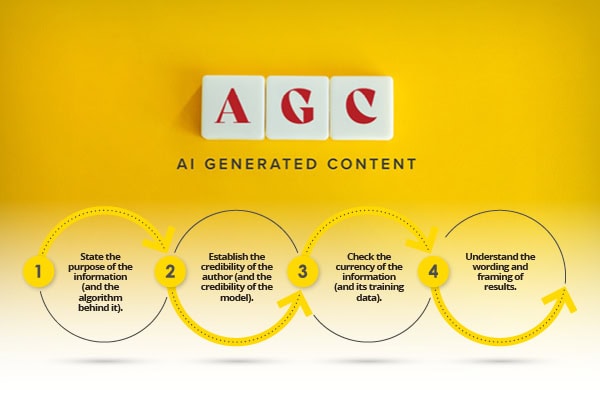Bourbon County lies in the heart of Kentucky’s renowned horse country and has a lot to offer its 2,400 students spread out across six schools, according to an article in EdTech. It has a 95.4% graduation rate, a gifted and talented program, arts and athletics programs and classes for college-bound students.
However, when neighboring Fayette County Public Schools raised teacher pay by 3% last year and another 4% minimum this year, the district took notice. With Fayette County now the highest-paying district in the state, Bourbon County School District leaders needed to rethink how they would recruit teachers to continue their programs.
“What are we going to do if we can’t offer that type of pay?” wonders Morgan Adkins, principal of Bourbon County High School. “You’ve got to do something to incentivize teachers to choose us.”
Bourbon County school leaders are banking on the idea that there’s more to a career in teaching than bringing home a certain salary, and technology can play a role.
So, Adkins and his team asked district stakeholders — teachers, administrators, students, parents and district officials — if they should pursue a state District of Innovation designation, which would let the district offer one-day-a-week remote learning across the district.
“An overwhelming 98% of staff members responded, ‘Yes! This is a great idea!’” Adkins says,
District leaders believe that going partially remote will make it easier for teachers to do their jobs, reduce stress levels and improve their mental health. Adkins also believes remote teaching will level the playing field, allowing Bourbon County to compete with larger, better-paying districts to attract and retain educators.
“It’s an equalizer,” Adkins says. “We’re trying to think outside the box of traditional education.”
Nearly three years out from the start of the pandemic, Bourbon County is one of several K–12 school districts looking to expand remote teaching and learning opportunities for reasons as varied as their size, location or level of affluence.
In October 2022, the National Center for Education Studies (NCES) issued sobering numbers on teaching and school support staff vacancies: 4% of all public school teaching positions were vacant, and 26% of public school districts had multiple teaching vacancies.
What does this mean for Bourbon County? More than 50 percent of district staff members have less than five years’ teaching experience, Adkins says. While the district currently has no teaching vacancies, in the 2022-2023 school year, eight teachers worked with emergency certifications. In the 2023-2024 school year, that number grew to 11.
“Will we have 15 next year?” Adkins asks. “At some point, you either throw up your hands or you dig in and figure out how we help ourselves, and that’s ultimately what we’re trying to do.”
As a professor of educational leadership at the University of Colorado Denver, Scott McLeod canbelieves that using technology in innovative ways reduce teacher stress and burnout. He’s also seen how re-energized and recommitted teachers are when they have flexibility in their teaching style and location, and when they are able to incorporate more technology.
He also believes hybrid teaching could be useful. “This idea that every single teacher must be a full-time, in-person teacher for six periods out of the seven-period day, with one period off for lesson planning, that model is dying in the corporate world and university world,” he says. “It’s still holding true in K–12 because of child supervision concerns, but we have opportunities to create some alternative staffing models where people can dive into specialization, part-time work, or remote work that would empower them and allow some of them to thrive in a different way.”
Bourbon County is close to breaking the traditional learning mold. It expects the state to approve its District of Innovation designation within the next several months. That would allow Bourbon County High School to pilot the one-day-a-week remote program in the 2024-2025 school year.
During that out-of-school day, students could focus on writing-intensive classwork on their Chromebooks, complete community partnership projects or connect with teachers via videoconferencing to discuss work in progress, Adkins says.
EdTech





